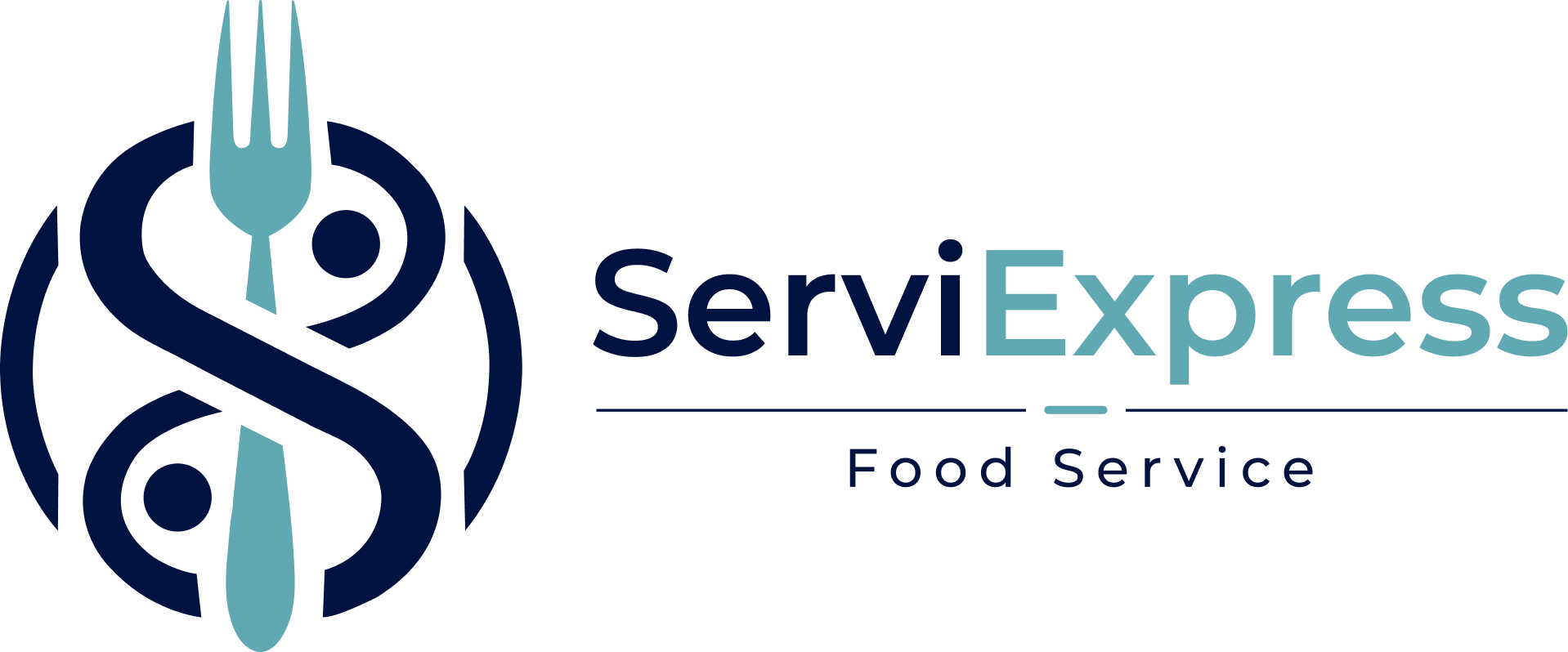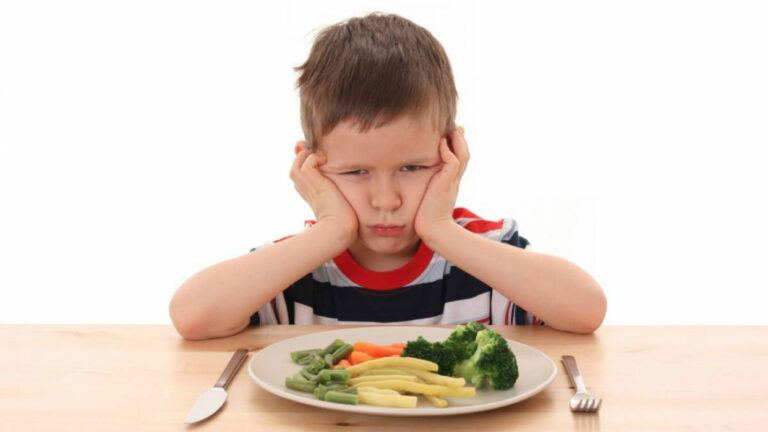Fiber is an essential component of a balanced diet, especially for growing children. It helps maintain healthy digestion, prevents constipation, and can contribute to a healthy weight. However, many children do not consume enough fiber in their daily diet. In this post, we will explore the benefits of fiber for children and how to incorporate it deliciously into their daily meals.
What is Fiber and Why is it Important?
Fiber is a type of carbohydrate that the body cannot digest. It is found in plant-based foods and is crucial for the proper functioning of the digestive system. There are two main types of fiber: soluble and insoluble. Soluble fiber dissolves in water and helps regulate blood sugar and cholesterol levels. Insoluble fiber does not dissolve in water and helps move food through the digestive system, promoting regularity.
Benefits of Fiber for Children
- Improves Digestion: Fiber adds bulk to stool, making it easier to pass through the digestive system and preventing constipation, a common issue in children.
- Weight Control: Fiber-rich foods are often more filling, which can help children feel full longer and reduce the risk of overeating.
- Blood Sugar Regulation: Soluble fiber helps slow the absorption of sugar, which can prevent blood sugar spikes and provide more sustained energy.
- Cholesterol Reduction: Soluble fiber can also help lower blood cholesterol levels, promoting cardiovascular health.
- Immune System Support: A diet rich in fiber promotes a healthy gut microbiome, which can strengthen the immune system.
Fiber-Rich Sources for Children
Incorporating fiber into a child’s diet doesn’t have to be difficult. Here are some delicious and fiber-rich sources you can include in their daily meals:
Fruits: Fruits like apples, pears, raspberries, and oranges are excellent sources of fiber. You can serve them fresh, in smoothies, or as part of fruit salads. Vegetables: Vegetables like carrots, broccoli, peas, and spinach are high in fiber. Add them to soups, stews, salads, and main dishes. Whole Grains: Choose whole grains like oatmeal, brown rice, quinoa, and whole-grain bread. These can be the base of nutritious breakfasts and hearty lunches. Legumes: Lentils, chickpeas, beans, and peas are excellent sources of fiber and protein. Add them to soups, salads, and main dishes. Nuts and Seeds: Almonds, walnuts, chia seeds, and flaxseeds are rich in fiber. You can add them to yogurt, cereals, and smoothies.
Fiber-Rich Meal Ideas
Breakfast:
- Oatmeal with Fruits and Nuts: Cook oatmeal with milk or plant-based milk and add fresh fruits and nuts.
- Spinach and Fruit Smoothie: Blend fresh spinach, banana, strawberries, and a bit of yogurt or milk.
Lunch:
- Quinoa and Vegetable Salad: Mix cooked quinoa with tomatoes, cucumbers, carrots, and dress with olive oil and lemon.
- Turkey and Vegetable Wraps: Use whole-grain tortillas and fill them with turkey, lettuce, tomato, avocado, and a bit of hummus.
Dinner:
- Lentil Soup: Make a nutritious soup with lentils, carrots, celery, tomatoes, and spinach.
- Whole Grain Pasta with Vegetables: Cook whole-grain pasta and mix it with a variety of sautéed vegetables and a homemade tomato sauce.
Snacks:
- Vegetable Sticks with Hummus: Serve carrots, celery, and peppers with homemade hummus.
- Yogurt with Fruits and Chia Seeds: Add fresh fruits and chia seeds to a bowl of natural yogurt.
Conclusion
Incorporating fiber into your children’s diet is not only beneficial for their digestive health but can also help prevent a range of long-term health issues. With the ideas and tips in this post, you can ensure your children enjoy delicious and nutritious meals that support their growth and well-being.
Do you have a favorite fiber-rich recipe that your kids love? Share it in the comments and help other parents discover healthy and delicious options for their families!




